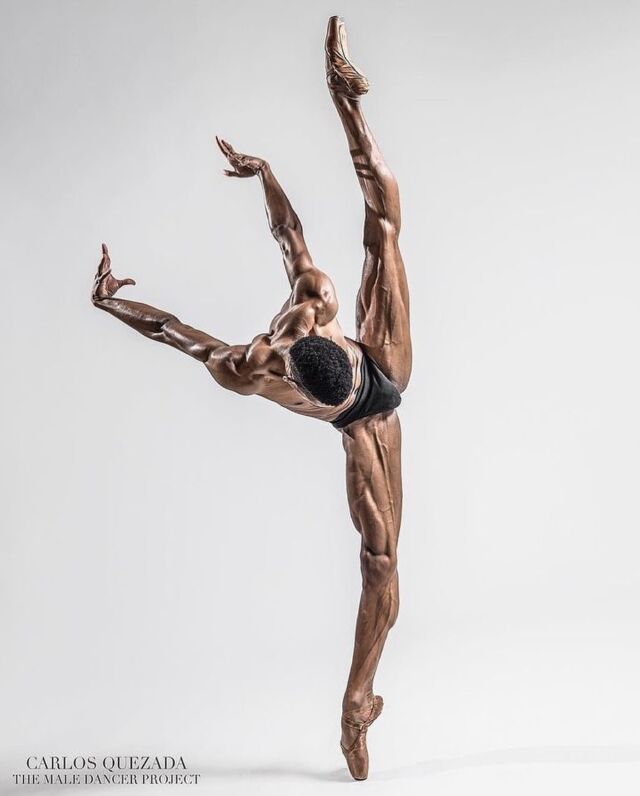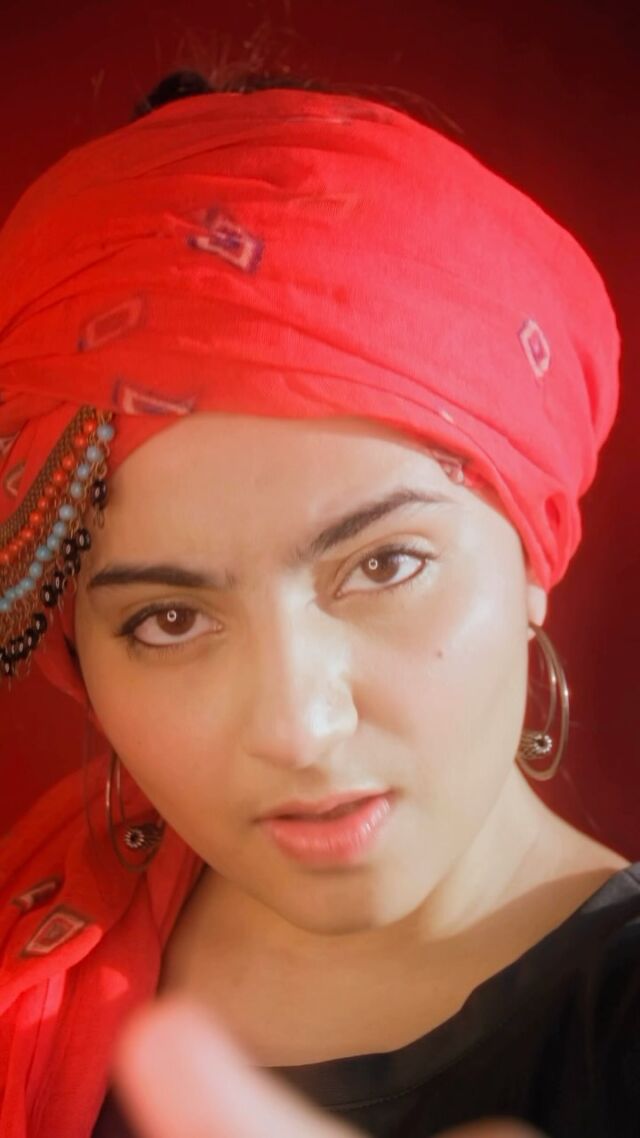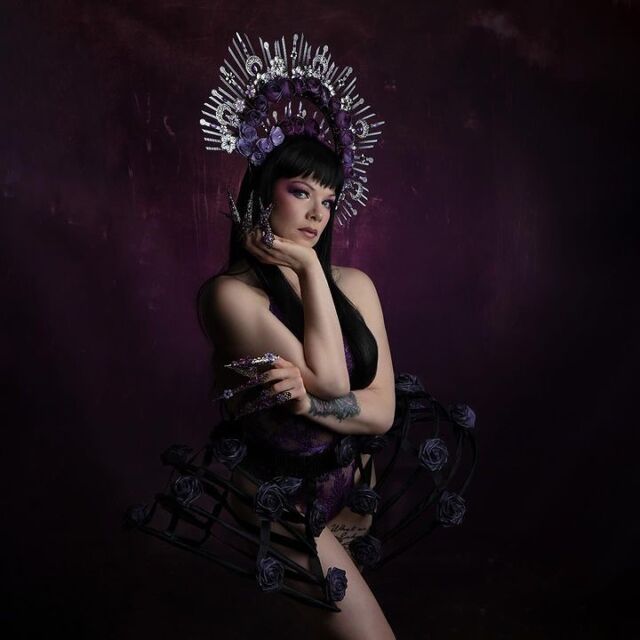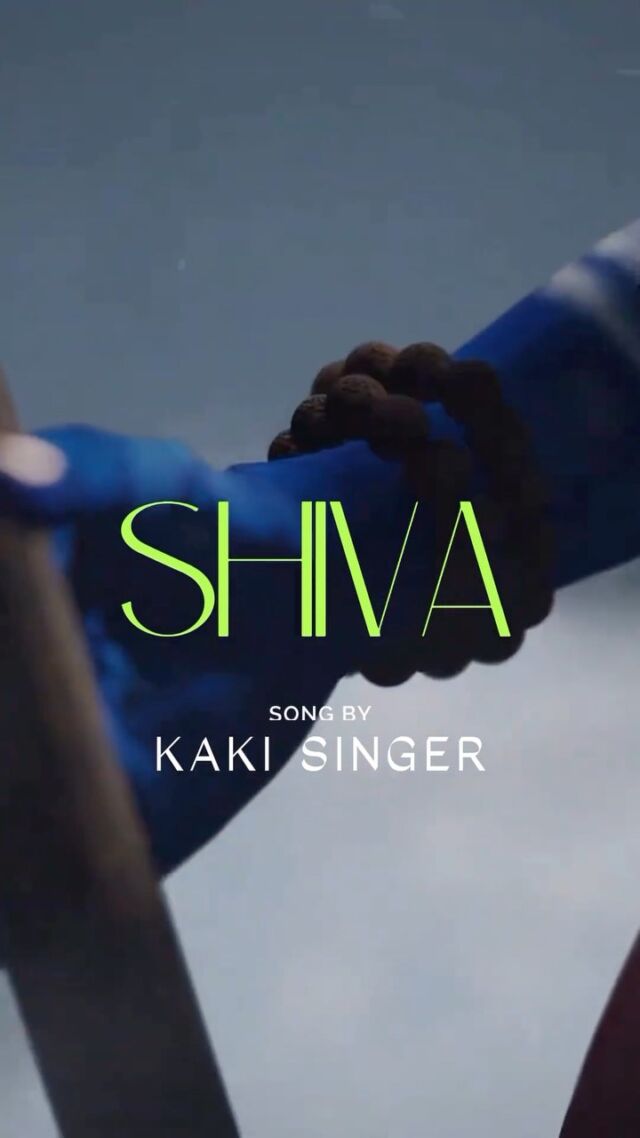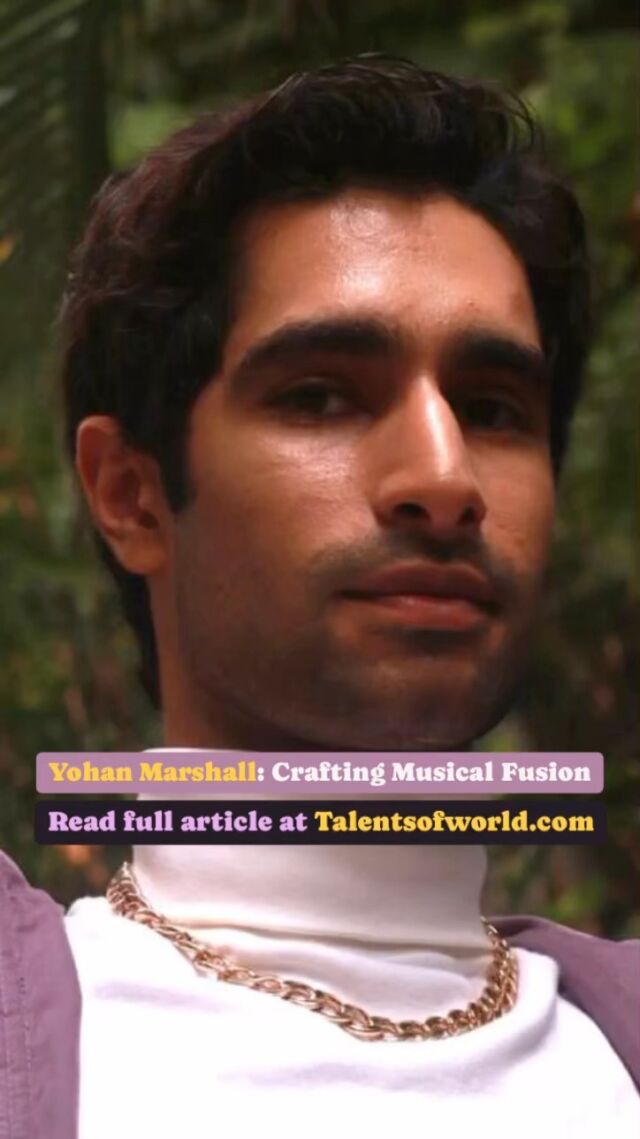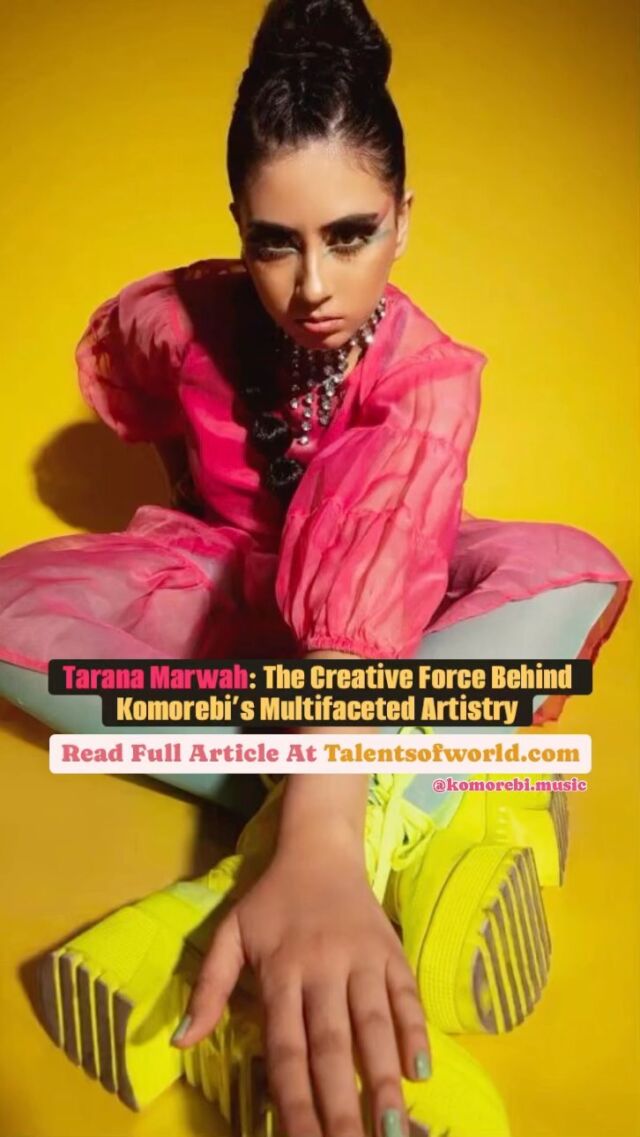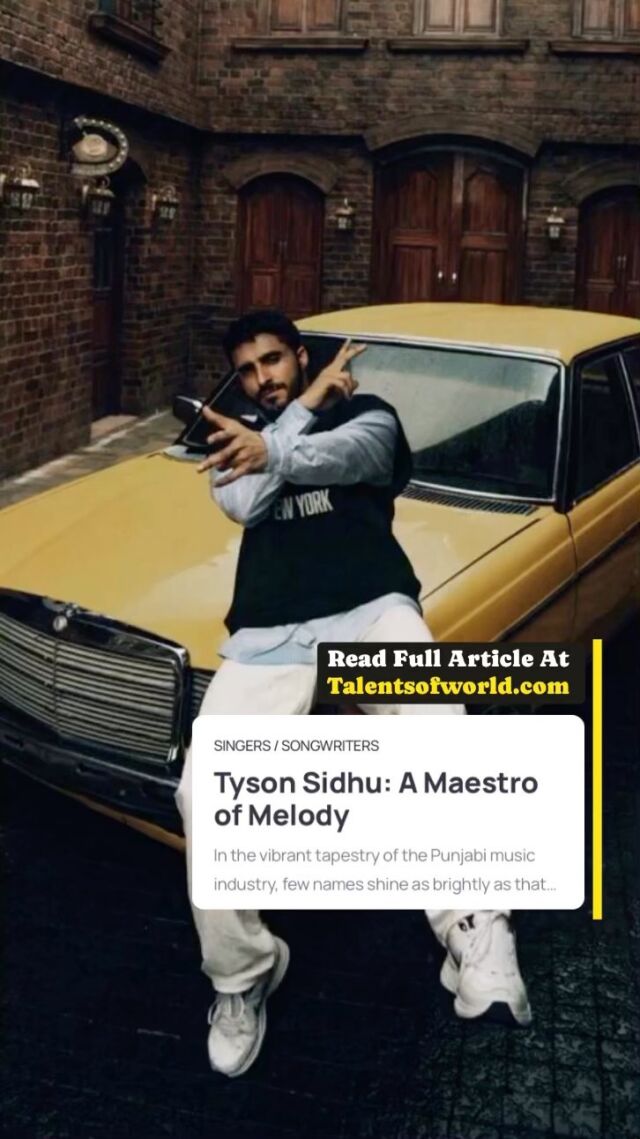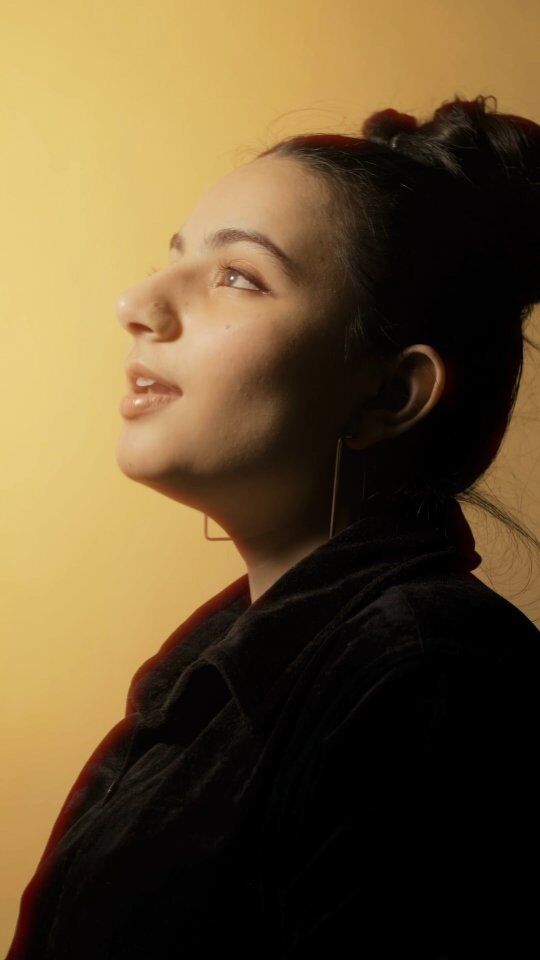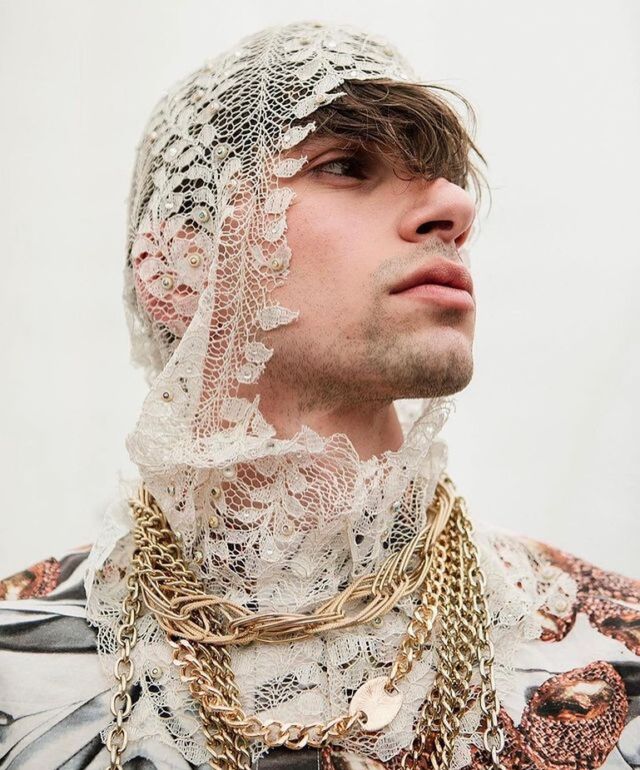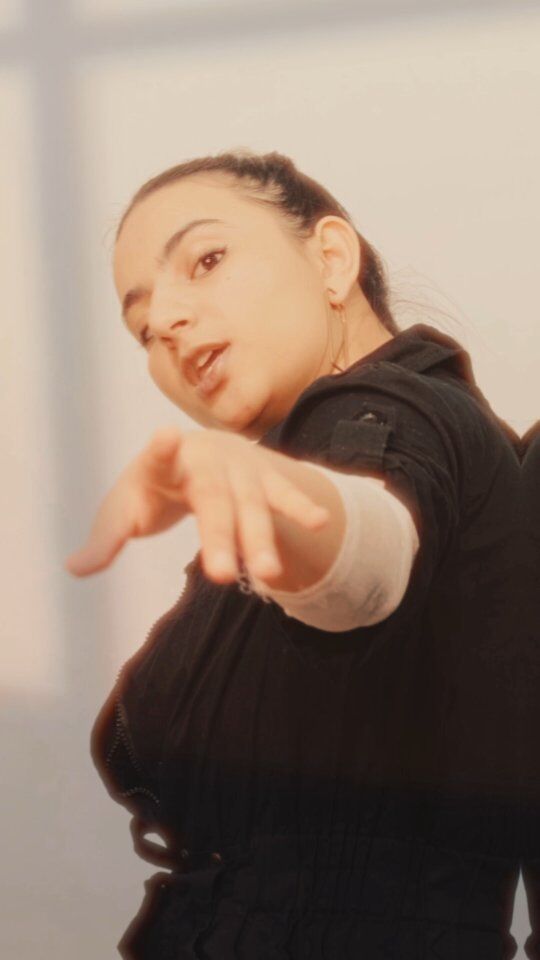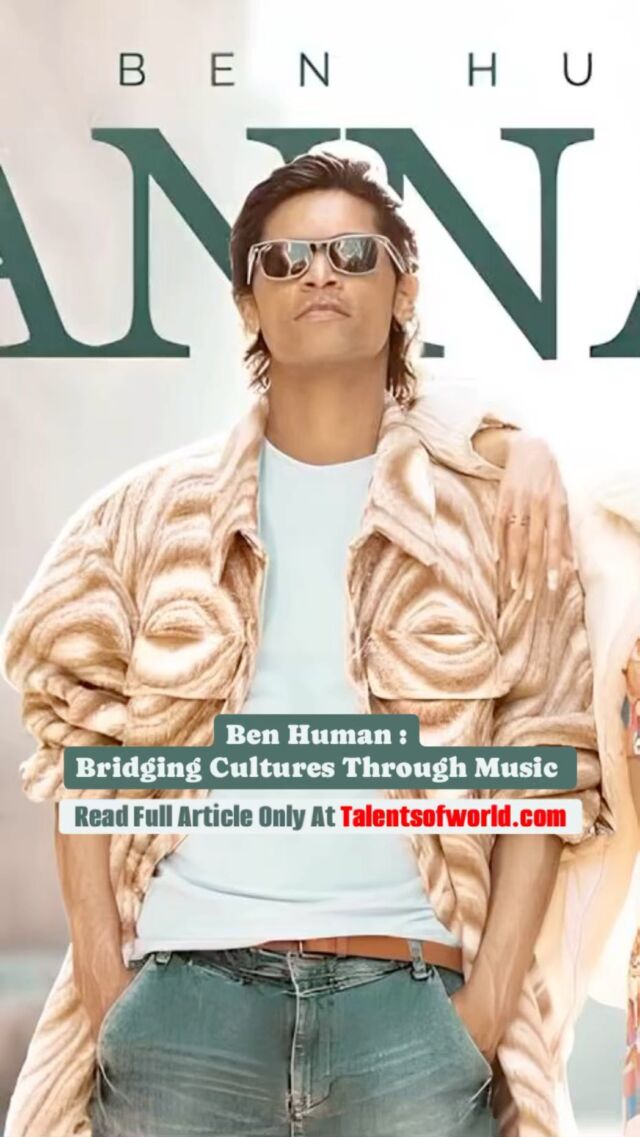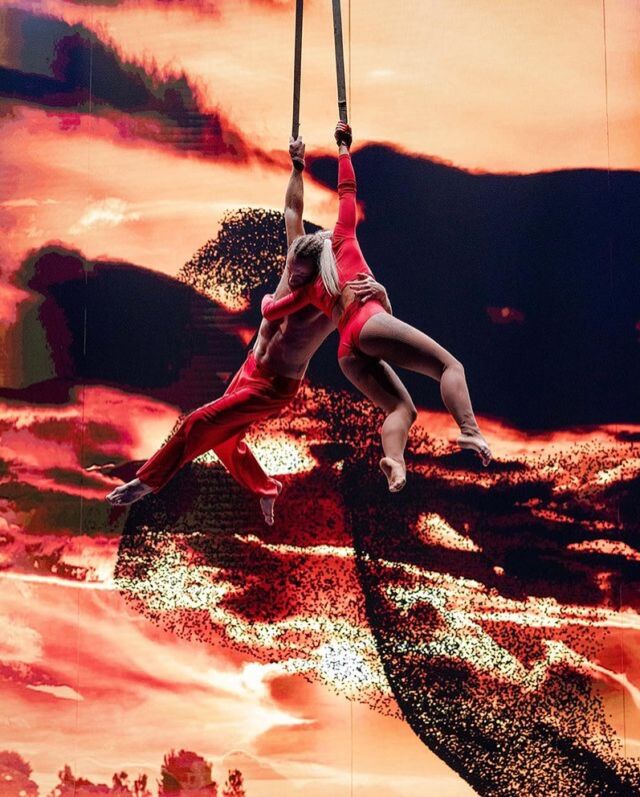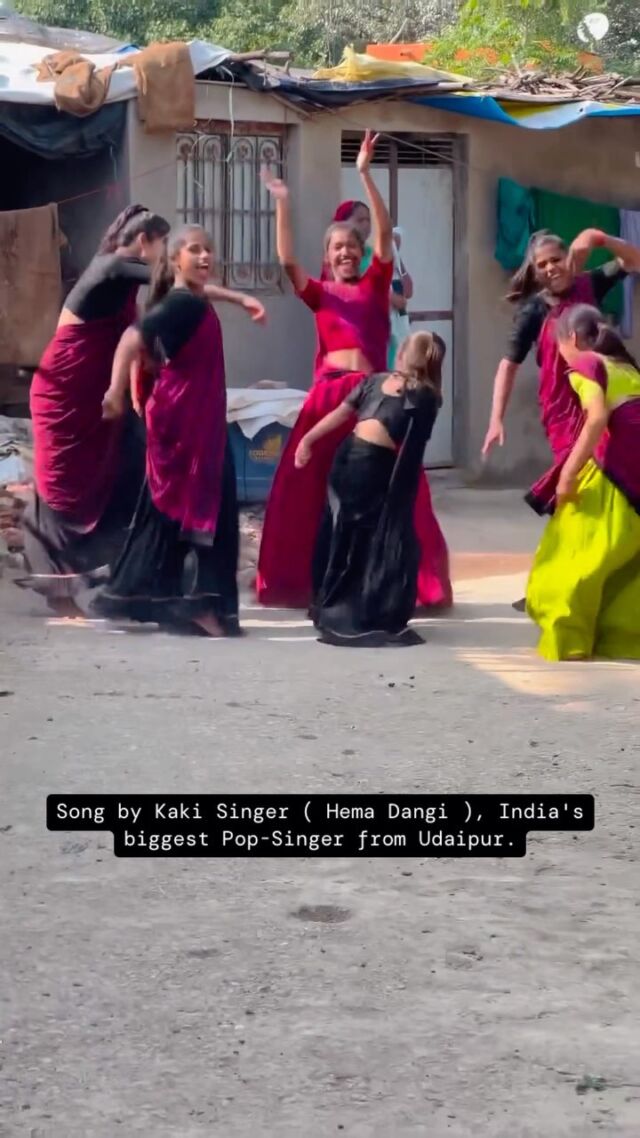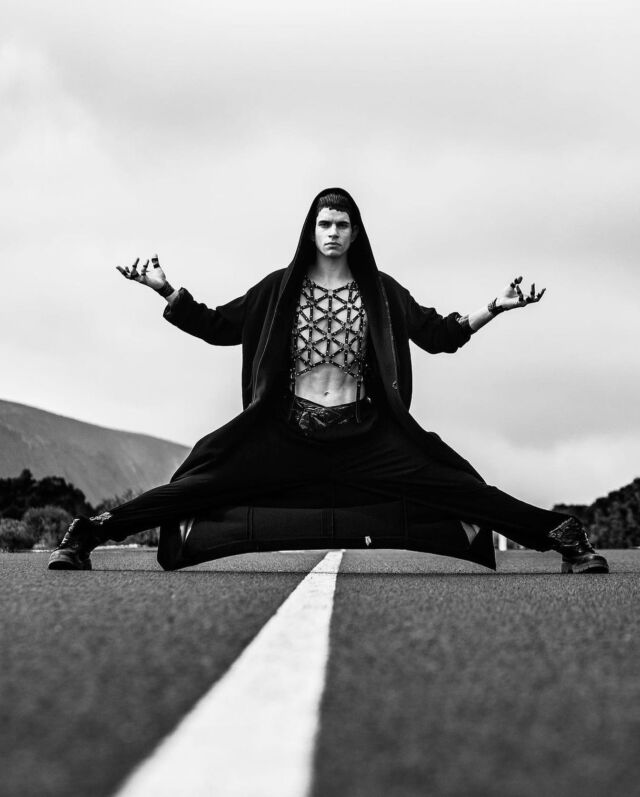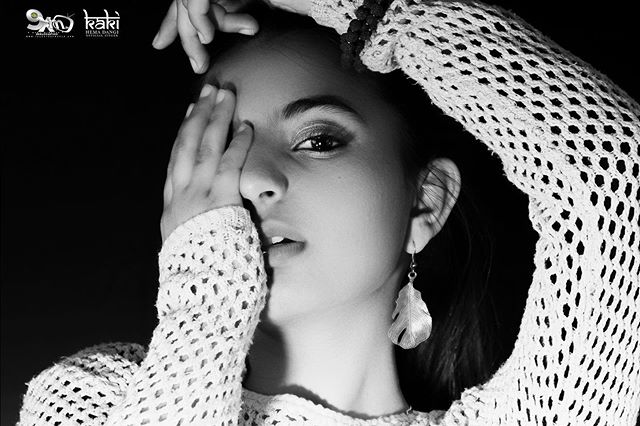Castellucci is an auteurist director who makes the extraordinary seem natural, who conjures surprises that baffle and amaze, sometimes self-indulgently, but often brilliantly. Driven more by imagery than plot, he has been best suited to staging oratorios or concert works like Mozart’s Requiem and Mahler’s Second Symphony. When it was announced that he would direct his first “Ring” in Brussels, there were scattered groans among opera fans who wondered whether his non-narrative style could sustain 15 hours of music.
His “Ring” does go against the grain. He isn’t staging the four operas with a single concept, like Valentin Schwarz did with his acerbically human drama at the Bayreuth Festival; each installment will stand on its own. And Castellucci isn’t aiming for blunt relevance. It has long become fashionable to dress up the “Ring” as an eco-fable, or in contemporary costumes. Patrice Chéreau’s centennial production at Bayreuth in 1976, perhaps the most famous staging, is a Marxist allegory of modernity. Castellucci, though, returns to the abstract approach of Wagner’s grandson, Wieland Wagner, that dominated Bayreuth after World War II.
He trusts the libretto to tell the story, and he trusts it to be timely on its own. After all, the “Ring” has always been relevant; that is the nature of mythic storytelling. And he isn’t misguided in having the operas stand alone. They are distinct — “Siegfried,” for example, an interjection of opera buffa, and “Das Rheingold” a seamless, proto-cinematic vision for the art form’s future. In the first two installments, Castellucci has presented an extended, visual essay on the essence of each work, his staging behaving like Wagner’s score in constantly commenting on and illuminating the action. The results have novelistic sweep and ambiguity, and are both persuasive and breathtakingly theatrical.
The world of “Das Rheingold,” in Castellucci’s production, is one of tribalism and violent hierarchy. Valhalla, the recently completed home of the gods, is a fortress built on loot. Wotan and Fricka, its rulers, enter by navigating — maybe even trampling — the bodies, made to look nude, of countless people laid out across the stage. Surrounding them are statues and reliefs based on the Elgin Marbles, the Greek friezes that have long been housed at the British Museum.
Source link


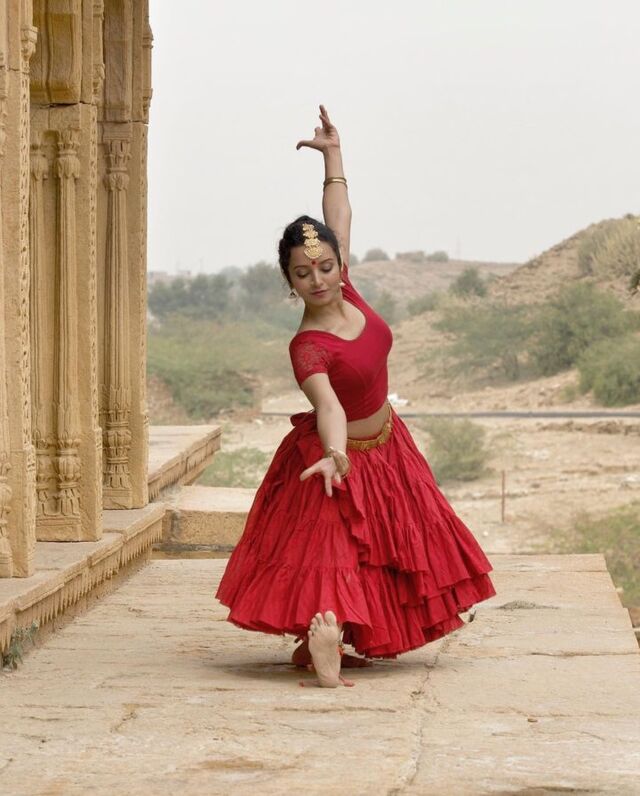






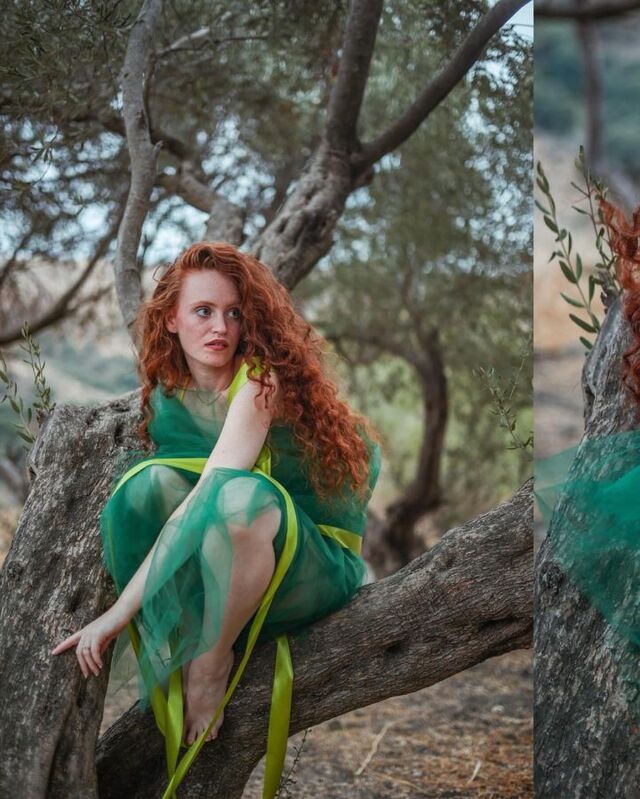
![Growing up learning Indian Classical Music, I’ve developed a deep appreciation for diverse musical genres, and techno is definitely one that has captured my interest. Got inspired to write this track by blending the beautiful melodies of Hindustani classical, particularly Raag Bhairav, with the beats of techno. Excited to share this fusion with you all!
Music by @miladzki
Check it out and vibe with me! 🎶✨
[ techno, newmusic, fusion, indianclassicalmusic, techno, music, kakisinger ]](https://talentsofworld.com/wp-content/uploads/wp-social-ninja/instagram/9xm.tv/18327743320185528_full.jpg)
![Listen to this Version of Dil Kho Gaya
Original Song From the Movie Dil.
Anand-Milind, Udit Narayan, Anuradha Paudwal sung this song
Music by Anand-Milind
Hope you guys like this Rendition of the Classic Song by Kaki Singer.
Like, Share & Comment.
[ Dil, Dil kho Gaya, old songs, Classic Bollywood, old song covers, retro songs, indian old songs, old hindi songs, melodies, kaki singer, Indian singers ]](https://talentsofworld.com/wp-content/uploads/wp-social-ninja/instagram/9xm.tv/17999564600299237_full.jpg)
